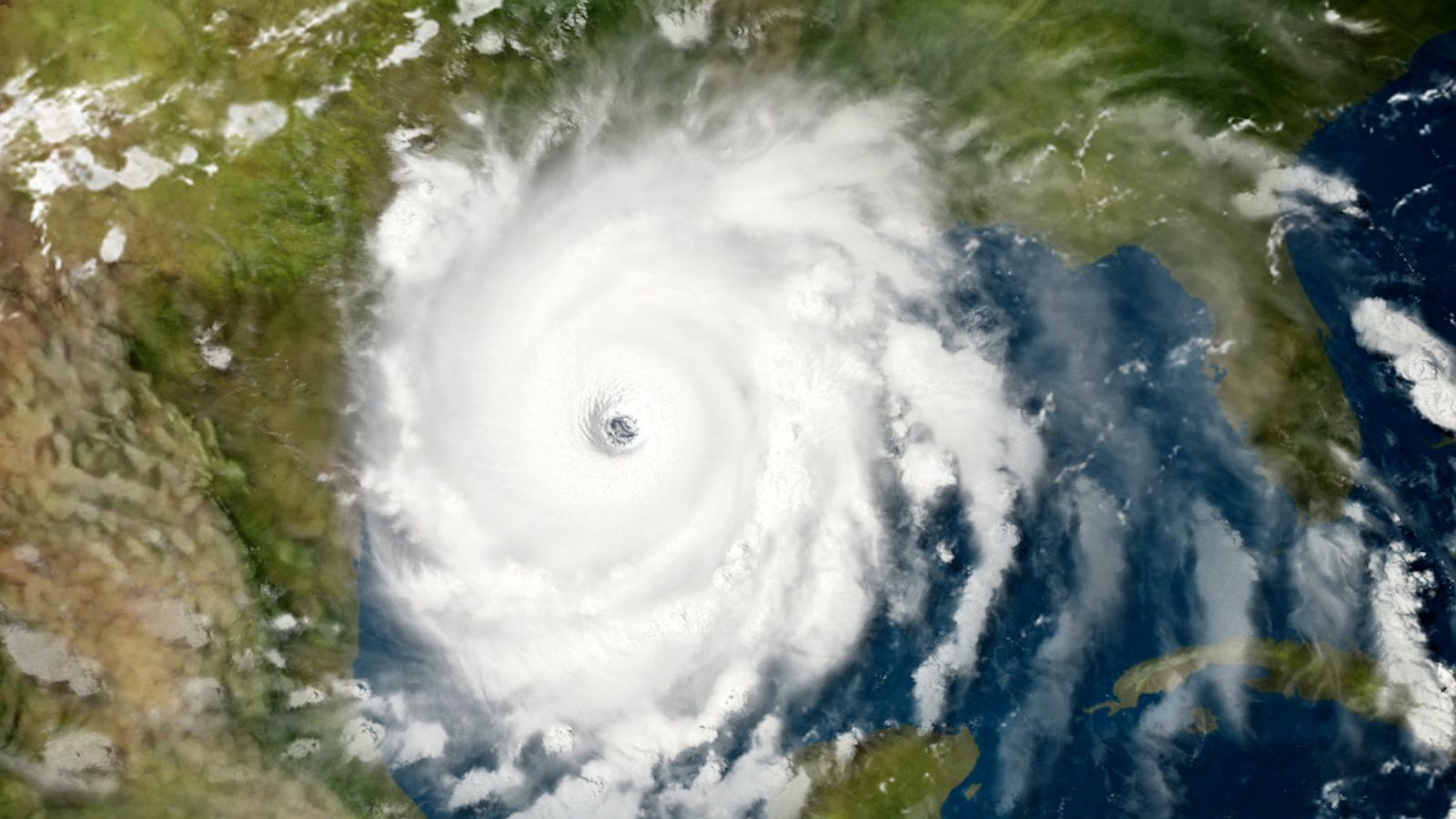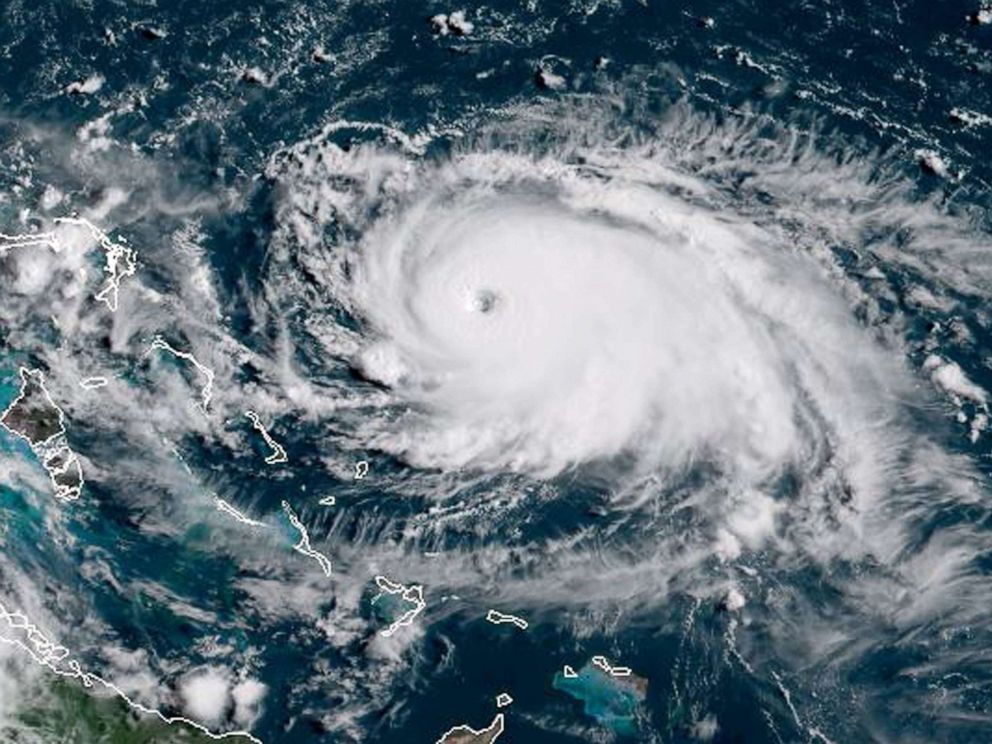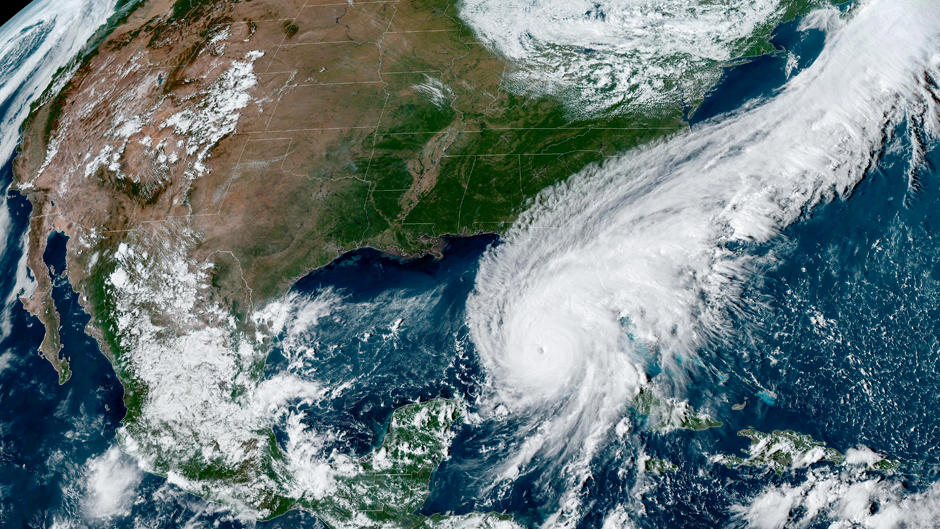Hurricane Beryl's Unyielding Oath: A Look Back At 2024's Record-Breaking Storm
When the 2024 Atlantic hurricane season got going, few could have imagined the sheer power and record-setting nature of a storm that would soon take shape. Hurricane Beryl, a name that will, you know, stick with many, truly made its presence felt with an intensity that caught a lot of people by surprise. It was, arguably, a storm that seemed to make a solemn promise, an 'oath' if you will, to leave a significant mark on the weather books.
This storm, which became the earliest Category 5 hurricane ever seen in the Atlantic, didn't just pass by; it made a statement. From its very beginnings to its eventual journey across the Caribbean and then onto the Texas coast, Beryl showed a remarkable ability to gain strength quickly. People were, in a way, watching a truly powerful force of nature unfold before their eyes.
We're going to take a closer look at Hurricane Beryl's journey, exploring its remarkable timeline, its impactful path, and the lasting effects it had. It's a story of incredible natural power and, so, the communities that faced its might. This look back helps us, perhaps, better understand the forces at play during a very active hurricane season.
Table of Contents
- The Genesis of a Record-Breaker
- The Unwavering Path to Texas
- The Lingering Effects and Broader Context
- Frequently Asked Questions About Hurricane Beryl
- Staying Informed and Prepared
The Genesis of a Record-Breaker
The 2024 Atlantic hurricane season, you know, started with a storm that would, arguably, etch its name into the record books. Hurricane Beryl, as it came to be known, showed its true colors very early on. It was, in some respects, a storm with a powerful, almost unwavering purpose from its very beginning. This storm, so, quickly got itself organized and began to gain strength in a way that truly grabbed attention.
Early Formation and Rapid Intensification
According to information from the National Hurricane Center (NHC), Beryl officially became a hurricane on a Saturday. This was, as a matter of fact, just the start of its remarkable story. Over that same weekend, it truly broke records by reaching Category 4 strength. This kind of quick increase in power made it the first major hurricane of the 2024 Atlantic hurricane season, which is, you know, quite a significant event in itself. Its ability to, perhaps, intensify at such an explosive rate was, in a way, a sign of things to come.
The storm, still, continued to gather itself. Late on a Monday night, Beryl was upgraded to a potentially catastrophic Category 5 storm. This particular upgrade happened as it moved across islands in the southeastern Caribbean. This made Beryl the earliest storm to ever develop into a Category 5 hurricane in the Atlantic basin. That, is that, a truly rare and, perhaps, a bit unsettling achievement for such an early part of the season. It was, quite literally, setting new benchmarks for strength.
The rapid intensification of Beryl, which saw it jump from a weaker state to a very strong one in a short time, highlights a pattern that weather watchers have, basically, been observing more often. It shows how quickly a storm can become a serious threat, demanding very quick responses from communities in its path. This kind of quick change means people have, so, less time to get ready, which really adds to the difficulties of preparing for such an event.
A Path Through the Caribbean
As Hurricane Beryl moved through the Caribbean, it left a trail of considerable impact. The storm, you know, caused at least 11 deaths as it made its way toward Texas. It was a very powerful force, and its passage near Jamaica was, arguably, forecast for a Wednesday when it was still a Category 5 storm. This powerful storm, so, crossed islands, including Grenada’s Carriacou island, where it made landfall before strengthening even further. The scenes in the Caribbean were, in some respects, a stark reminder of the immense power a hurricane can hold.
People were, naturally, tracking its projected path with great interest and, perhaps, a lot of concern. The information coming from satellite feeds and various alerts was, you know, helping people keep up with the storm's progress. It was, basically, a very intense period for many communities in the Caribbean, as they had to deal with the direct impact of such a strong storm. The storm's passage meant widespread damage and, for many, a long road to recovery.
The earliest Category 5 status meant that, in a way, Beryl set a very early and serious tone for the 2024 hurricane season. Its journey through the Caribbean was, quite simply, a period of very high alert for many nations. The destruction it brought, including the loss of life, served as a very sobering reminder of how much preparation and swift action are needed when such a storm comes calling. You know, it really underscores the importance of having plans in place.
The Unwavering Path to Texas
After its powerful journey through the Caribbean, Hurricane Beryl continued its determined path, setting its sights on the United States. Its movement across the open water, especially the warm waters of the Gulf of Mexico, allowed it to, you know, gather even more energy. This next phase of its journey was, in some respects, just as concerning for those living along the Gulf Coast. The storm was, basically, not slowing down its powerful march.
Gaining Strength in the Gulf
Beryl, after leaving the Caribbean, entered the Gulf of Mexico. Here, it found very warm waters, which are, as a matter of fact, a perfect fuel for hurricanes. The storm was, truly, gaining strength in these warm waters as the Texas coast began to prepare for its expected arrival late on a Sunday. A hurricane watch was, so, put in effect for the Texas coast, signaling the very real danger that was approaching. This watch meant that hurricane conditions were, perhaps, possible within the next 48 hours.
The storm, which had weakened somewhat after its Caribbean impacts, regained hurricane strength as it churned across the Gulf of Mexico late on that Sunday. This re-strengthening was, you know, a very concerning development for coastal communities. The forecast showed it strengthening to an extremely dangerous Category 4 storm on Sunday, which really put people on edge. People were, basically, watching the projected path very closely, trying to figure out where it might go and how strong it would be when it got there.
The ability of Beryl to regain its power, even after having caused significant damage, showed its very persistent nature. It was, arguably, almost as if the storm had an 'oath' to fulfill its journey, pushing forward with considerable force. This kind of re-intensification over water is, you know, a common but always worrying characteristic of powerful hurricanes, making predictions about their final strength very important for public safety.
Landfall and Immediate Aftermath
Hurricane Beryl made landfall in the United States of America, specifically near Matagorda, Texas, at 4:01 AM CDT on July 8, 2024. It made landfall as a Category 1 hurricane, which, you know, might seem like a drop in strength from its earlier Category 5 status, but it still brought significant threats. The GOES 16 infrared satellite image, apparently, captured this moment of landfall, showing the storm's cloud patterns as it moved ashore.
Even as a Category 1, the storm was expected to cause storm surge, heavy rainfall, and flooding. These impacts, so, can be just as destructive as strong winds, especially in low-lying coastal areas. The amount of rain and the push of water from the ocean meant that many communities were, perhaps, facing very serious risks of inundation. People were, basically, advised to take all necessary precautions, including evacuating if told to do so.
The immediate aftermath of landfall saw Beryl quickly lose its hurricane strength. By Monday evening central time, the National Hurricane Center said Beryl was a tropical depression over Texas. It had, you know, sustained wind speeds of 35 miles per hour, a significant drop from its earlier, more powerful states. This weakening is, naturally, what happens when hurricanes move over land, as they lose their energy source from the warm ocean waters. However, the threats from rain and flooding, still, remained very real.
The transition from a powerful hurricane to a tropical depression over land, while expected, doesn't mean the danger is gone. The heavy rainfall and potential for inland flooding can, in a way, create very

Ways you can prepare for a hurricane - Good Morning America

Hurricane Dorian shifts course, now expected to hit Georgia and

Disney World, Universal Studios Issue Statements About Closing as